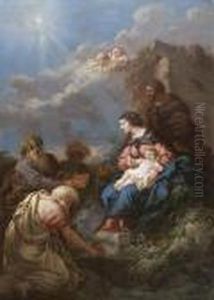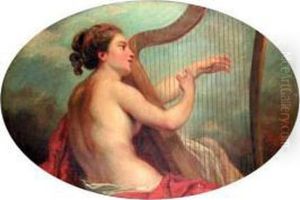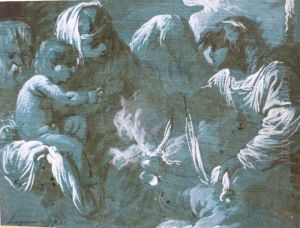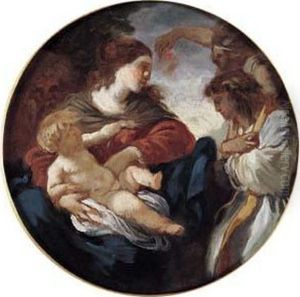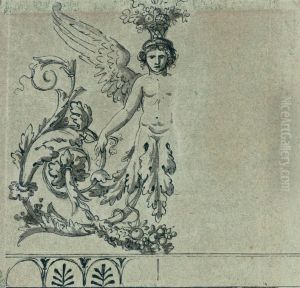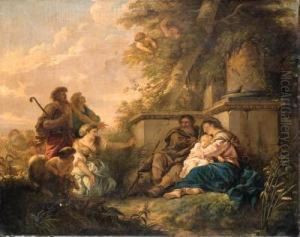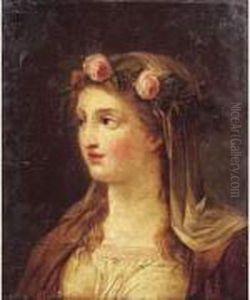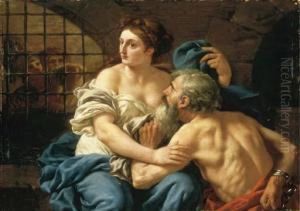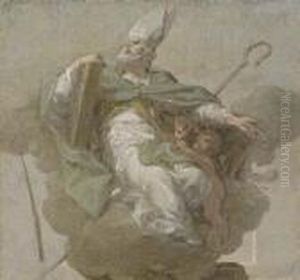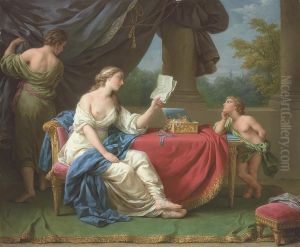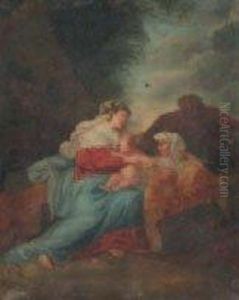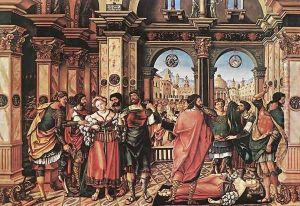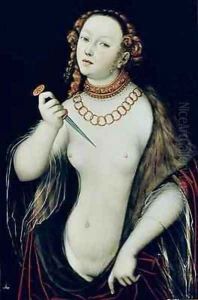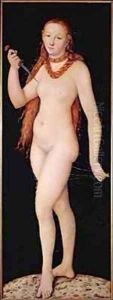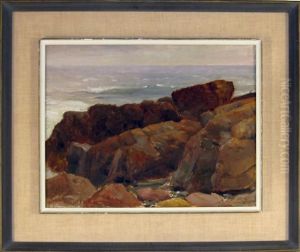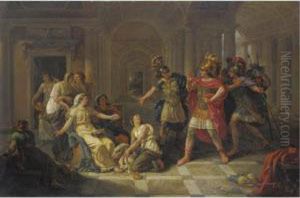





Sextus Tarquinius Admiring The Virtue Of Lucretia
-
About Reproduction
Discover the allure of art with our faithful reproduction of "Sextus Tarquinius Admiring The Virtue Of Lucretia", originally brought to life by the talented Jean Jacques II Lagrenee. Unlike posters or prints, our hand-painted oil painting breathes an unique sense of depth and texture into your space. Every detail, every stroke, and every texture is meticulously recreated, paying the perfect homage to Jean Jacques II Lagrenee and his artistic vision.
Owning this piece is more than just decoration - it's a statement of your refined taste in art. Let the vibrant colors and intricate details of this replica serve as a daily reminder of the beauty in our world. Elevate your decor and appreciate the richness of art with our replica of this masterpiece.
-
Painting Description
"Sextus Tarquinius Admiring The Virtue Of Lucretia" is a notable oil painting by the 18th-century French artist Jean Jacques II Lagrenée, also known as Lagrenée le Jeune (the Younger), to distinguish him from his older brother Louis-Jean-François Lagrenée. Created in 1772, the artwork delves into the historical and mythological subject of Lucretia, a noblewoman in ancient Rome whose tragic fate played a pivotal role in the transition from the Roman Kingdom to the Roman Republic.
The painting depicts the moment when Sextus Tarquinius, the son of the last Roman king, Tarquinius Superbus, is overwhelmed by Lucretia's chastity and moral fortitude. According to the legend, Tarquinius becomes infatuated with Lucretia's virtue and later assaults her, an act that leads to her suicide and subsequently incites a popular uprising against the monarchy.
Lagrenée's interpretation of this dramatic scene is characterized by his Rococo style, with a delicate interplay of light and color that enhances the emotional intensity of the narrative. The artist's attention to detail and his ability to convey complex psychological states through facial expressions and body language are evident in this work. The composition, while classical in its references, also reflects the evolving tastes of the period, which began to favor Neoclassicism.
The painting is significant not only for its artistic merits but also for its cultural and historical implications. By choosing to illustrate this particular moment, Lagrenée contributes to the discourse on virtue, honor, and the role of women in society—themes that were widely discussed in the Enlightenment era. "Sextus Tarquinius Admiring The Virtue Of Lucretia" thus serves as a visual representation of the values and ideological shifts of its time.
As of the knowledge cutoff date, the painting is part of a private collection or a museum's holdings, and it continues to be studied and appreciated for its historical relevance and artistic achievement. The work is often cited in discussions of Lagrenée's oeuvre and in analyses of 18th-century French painting, contributing to the understanding of the period's artistic landscape.
-
Lead Time & Shipping
When you order this oil painting replica, it typically takes 2-3 weeks to paint. If the artwork is more complex, it might need a little more time to ensure the best quality. Once it's ready, we'll send you a photo for your approval. After you give the green light, we'll ship it to you for free.
-
Return & Refund
We believe in the quality of our hand-painted oil painting reproductions, and your satisfaction is our priority. If for any reason, you are not completely satisfied with your purchase, we offer a 45-day return policy. You can return your artwork within 45 days of receipt and receive a full refund. Please note that the artwork must be returned in the original packaging and in the same condition as it was received.





